August 24, 2016
Nearly three quarters of UK staff say their workplace is a health hazard 0
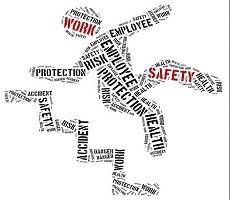 Personal injury lawyers may have helped fuel the UK’s overzealous health and safety culture, but the truth is that their services are often called for to challenge negligent employers. Now a new piece of research by Hayward Baker claims that many employees are not only stuck in unsafe workplaces but with unsanitary working conditions, which is putting their health at risk. The research into over a thousand workers on the conditions of Britain’s offices, shops, factories, warehouses and building sites found that 69 percent believe their workplace to be a health hazard. The study revealed 35 percent of working Brits have picked up an illness from their place of work – with 18 percent claiming to have been struck down with food poisoning or caught a stomach bug because of dirty conditions. A further 39 percent have suffered an injury at work – with two in ten (20 percent) having been to hospital due to a work-related illness or injury.
Personal injury lawyers may have helped fuel the UK’s overzealous health and safety culture, but the truth is that their services are often called for to challenge negligent employers. Now a new piece of research by Hayward Baker claims that many employees are not only stuck in unsafe workplaces but with unsanitary working conditions, which is putting their health at risk. The research into over a thousand workers on the conditions of Britain’s offices, shops, factories, warehouses and building sites found that 69 percent believe their workplace to be a health hazard. The study revealed 35 percent of working Brits have picked up an illness from their place of work – with 18 percent claiming to have been struck down with food poisoning or caught a stomach bug because of dirty conditions. A further 39 percent have suffered an injury at work – with two in ten (20 percent) having been to hospital due to a work-related illness or injury.







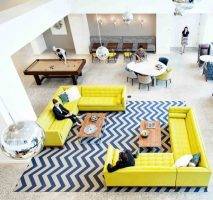 Giving employees more control over workplace design is the single most important contributing factor to their wellbeing, according to a new study. The Workplace & Wellbeing report examines the workplace design factors that influence wellbeing. The research team discovered that an invitation to participate in the design of the work environment raised levels of wellbeing, although increasing the level of participation did not necessarily increase the level of wellbeing. The research was led by the Royal College of Art’s Helen Hamlyn Centre for Design in partnership with architects Gensler and supported by a consortium of leading industry names: Milliken, Bupa, Royal Bank of Scotland, Kinnarps and Shell. The context for this project lies with a current ‘wellbeing deficit’ in the workplace which means absence from work costs the UK economy more than £14 billion a year according to the Confederation of British Industry.
Giving employees more control over workplace design is the single most important contributing factor to their wellbeing, according to a new study. The Workplace & Wellbeing report examines the workplace design factors that influence wellbeing. The research team discovered that an invitation to participate in the design of the work environment raised levels of wellbeing, although increasing the level of participation did not necessarily increase the level of wellbeing. The research was led by the Royal College of Art’s Helen Hamlyn Centre for Design in partnership with architects Gensler and supported by a consortium of leading industry names: Milliken, Bupa, Royal Bank of Scotland, Kinnarps and Shell. The context for this project lies with a current ‘wellbeing deficit’ in the workplace which means absence from work costs the UK economy more than £14 billion a year according to the Confederation of British Industry.



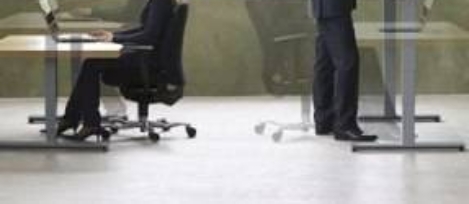
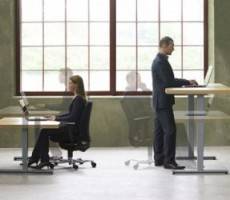




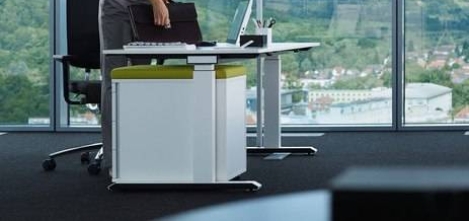
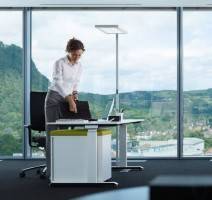 Biodynamic lighting is an artificial light source that replicates the dynamic variations of daylight and sunlight through a light management system. Up until recent times, it was commonly believed that light was only needed for seeing. However, in 2001, an American scientist, G. C. Brainard discovered a circadian photoreceptor in the retina, which receives a specific quality and quantity of light, and sets the biological clock.* He discovered that light not only provides us with the ability to see, but that light enters the eye via the ‘fourth pathway’, which has a vital non-visual or biological effect on the human body. His studies showed that a certain quantity and quality of light stimulates the biological clock, also known as the circadian rhythm, which regulates hormone levels, particularly melatonin and cortisone, in the body and so plays a vital role in our physical and mental wellbeing.
Biodynamic lighting is an artificial light source that replicates the dynamic variations of daylight and sunlight through a light management system. Up until recent times, it was commonly believed that light was only needed for seeing. However, in 2001, an American scientist, G. C. Brainard discovered a circadian photoreceptor in the retina, which receives a specific quality and quantity of light, and sets the biological clock.* He discovered that light not only provides us with the ability to see, but that light enters the eye via the ‘fourth pathway’, which has a vital non-visual or biological effect on the human body. His studies showed that a certain quantity and quality of light stimulates the biological clock, also known as the circadian rhythm, which regulates hormone levels, particularly melatonin and cortisone, in the body and so plays a vital role in our physical and mental wellbeing.














June 24, 2016
Property and workplace experts have their say on the Brexit outcome 0
by Mark Eltringham • Architecture, Comment, Facilities management, Property, Workplace, Workplace design
More →